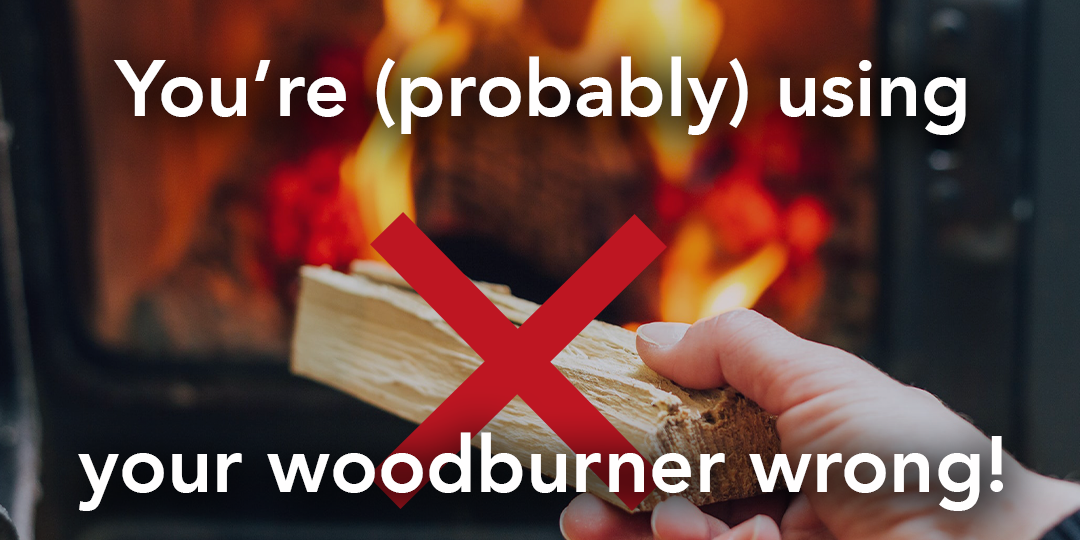In the ever-evolving world of fireplace maintenance, the debate over the effectiveness of ‘Bûches de ramonage’ has sparked considerable discussion and curiosity. These compressed blocks, designed to be burned in wood burners, promise not only to provide warmth but also to assist in cleaning the chimney—a concept that has ignited a flurry of opinions among the fire users among us. As of late, there seems to be a rising controversy surrounding their efficacy and outright purpose. The question arises: Can these blocks truly serve as a reliable substitute for the traditional chimney sweeping process? In this blog, we delve into the heart of this heated discussion, exploring the science behind bûches de ramonage and evaluating their claims to determine whether they are a viable solution or merely another passing trend in the realm of fireplace maintenance.
In October 2023, a new decree came into effect, making it a legal requirement that all solid fuel chimney systems (excluding open fires, which have slightly different obligations) must be swept by a professionally qualified and registered chimney sweep every year, as long as the system remains in use. This new decree stipulates the minimum requirements for professional intervention but does not stop the homeowner from carrying out further, more frequent sweeping of their own chimney, either mechanically or via ‘Bûches de Ramonage.’
This is a great point to note: with slight tweaks made to the way you use your woodburner, it is unlikely to be necessary to carry out mechanical chimney sweeping any more than once a year. During your professional chimney sweeping appointment, your sweep should be able to direct you on how to burn your fuel much cleaner and more efficiently. I routinely receive reports of wood consumption reductions of around 25% when returning to customers the following year.
How Do They Work?
The first thing we need to look at when analysing bûches de ramonage is their effectiveness. To do this, we need to understand how they work. Bûches de ramonage contain domestic-grade tar removal chemicals that are released as the compressed log is broken down during combustion. These chemicals are drawn up the chimney via the natural updraft of the system itself, where they bind to any tars and resins that have cooled and condensed in the system. Once they have bonded with the tars, etc., they use the heat from the flue to begin a chemical reaction that draws the moisture from the tars, turning it back into flaky and brittle creosote, which can then be removed from the flue.
If I ever encounter a chimney liner that has been used poorly and is therefore full of hardened tars, the first thing I do is recommend a domestic chemical tar removal treatment, much like what the bûche de ramonage tries to replicate. Instead of recommending a bûche, I recommend the customer uses a tub of the same chemicals found in the chimney cleaning log. This allows them to be added over multiple fires, rather than sending them all up the chimney at once and invariably having a good amount of them fly up and out of the chimney – what a waste! If these domestic-grade chemicals are not up to the task, the next step would be to conduct an ‘industrial-grade chemical tar removal treatment,’ which works much the same but instead uses stronger but hazardous chemicals, not appropriate for use by untrained individuals.

Do They Actually Work?
In a word, yes. Bûches de ramonage do work, just perhaps not in the way in which they are marketed. Much like the tub of domestic-grade chemicals or even their industrial-grade counterparts, using a bûche de ramonage can change the state of the tars found in a chimney back into flaky and brittle creosote. The issue, however, is that the newly modified creosote still remains in the chimney and will still need to be swept out following the treatment. When conducting a professional chemical tar removal treatment, it is actually done over a series of two weeks and with multiple appointments.
During the first appointment, the chemicals are applied to the chimney, and the customer is then instructed to use their stove every day for two weeks with a minimum period of two hours a day, during which the stove is hotter than usual to supply the heat needed for the reaction to take place. A final visit then takes place after the two weeks to check if the treatment has worked (via internal chimney inspection camera), and the deposits are then swept from the flue. Without the final step of sweeping the chimney, the deposits remain stuck to the walls of the chimney. Therefore, although the bûche de Ramonage does work, it still needs to be used in tandem with sweeping the chimney, rather than instead of.
What About the Certificate That Comes in the Box?
One question I receive on a regular basis is, ‘Why do I need a chimney sweep’s certificate when I can get one from burning a bûche de ramonage?’ Well, as new Decree 2023-641 stipulates, each chimney system in use must be accompanied by a ‘certificat de ramonage,’ supplied by a professional chimney sweep, dated from within the last 12 months. So, that solves that question, but what you may be shocked to hear is that the certificates supplied from a bûche de ramonage were actually never sufficient. In fact, there is an entire section of the French chimney regulations (NF DTU 24.1 and 24.2) dedicated to explicitly outlawing bûches de Ramonage as an alternative to chimney sweeping, which came into effect in 2006!
B.3.4 Chemical Assistance
Chemical chimney sweeping assistance can be used to prepare flues prior to the mechanical sweeping referred to above. It is not a substitute for mechanical sweeping and cannot be the subject of a sweeping certificate.

Should I Still Use a Bûche de Ramonage?
There is no particular reason that would suggest that a bûche de ramonage should not be used with chimney sweeping systems, other than the fact you are paying for something that you probably don’t need. If you have not had a professional chimney sweep take the time to explain to you how best to use your system, it certainly would not be a bad thing to use, but I would again recommend completing a short course with domestic tar removal chemicals, rather than burning a one-time Bûche de ramonage.
With regular mechanical sweeping, combined with the cleaner, more efficient burning gained from the few small tweaks your sweep has directed you to do, there should really be no need to use the bûches, but ultimately, it will not harm the flue and could even help with the removal of hardened deposits in your chimney for the day your sweep knocks on your door.





